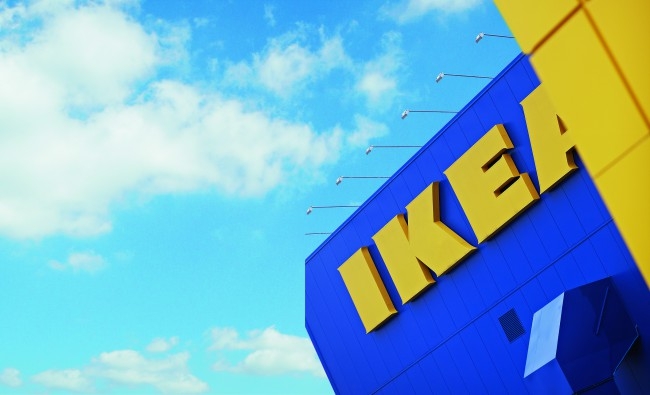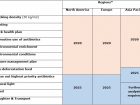
IKEA unveils new chicken policies
By Brett Ruffell
Features Companies Profiles Animal WelfareGlobal commitments apply to animal welfare, antibiotics use and sustainability.
 IKEA unveiled the Better Chicken Program this week.
IKEA unveiled the Better Chicken Program this week. January 9, 2018, Delft, Netherlands – Another global retail giant has come out with new chicken policies.
IKEA unveiled the Better Chicken Program this week, which identifies the company’s minimum sourcing standards for all broiler chicken products in its global supply chain.
The company will soon begin piloting the criteria, which covers animal welfare, antibiotics use and sustainability, with its suppliers to work through practical considerations.
By 2025, IKEA says all chicken products it sources will be consistent with Better Chicken principles.
In addition to farm level criteria, the program outlines provisions around transport and slaughter, which the company will implement via the IKEA Transport & Slaughter Guidelines.
The retailer will roll out the Better Chicken Program in stages across North America, Europe and Asia Pacific:
Better Chicken Requirements
The new program includes the following criteria.
Stocking density
Maximum stocking density of 30 kg/m2 in order to allow chickens to have enough space.
Improved illumination and normal day/night light pattern
Increased illumination and preference for natural light. The right lighting regime to have a more normal day/night light pattern over a 24-hour period. Minimum of eight hours continuous daylight and six hours continuous darkness. The criteria is 50 lux in Europe. The company will pilot 50 lux in North America and require 20 lux in Asia Pacific.
Flock health plan
A written plan developed in conjunction with a veterinarian to ensure long-term health and welfare of the flock. This plan should include the collection of welfare outcomes, which are essential as they are used to objectively assess the effect of our new sourcing criteria on the welfare of individual chickens. For example: lameness (difficulty walking), hock burns, and activity levels etc.
Antibiotics
In line with the IKEA Food guidelines for the use of antibiotics, there will be no routine use of antibiotics by 2020 and a plan to phase out highest priority antibiotics that are critically important to human health by 2025.
Environmental enrichment
To enhance the physical and social environment animals are kept in, environmental enrichment should at a minimum include perches or platforms and pecking objects. Enrichment for broiler chickens have the potential to improve health and provide opportunities for chickens to express their important natural behaviors. Examples include: straw bales, platforms, perches, and pecking objects like brassicas or hanging wooden blocks.
Environmental conditions
Improved environmental conditions including dry and friable litter, improved air quality, and a focus on thermal comfort.
Manure Management plan
A written plan for the storage, handling, and use of livestock manure with a focus on protection of soil health and water-courses.
Non-deforestation feed
Feed that does not contribute to deforestation includes palm oil and soy. This may be achieved through verification at the farm-level or through other measures taken at the corporate level.
Natural light
Includes windows, light tubes or open-sided sheds.
Breeds with measurably improved health and behaviour outcomes
Genetic selection for fast growth and high breast yield has resulted in an imbalance between production needs and the welfare of the animal. The company will aim to use breeds that are healthier, and are able to effectively express important natural behaviour while still providing good production value.
Slaughter & Transport
Slaughter and transport criteria will be implemented through the IKEA Transport & Slaughter guidelines, including criteria for controlled atmospheric stunning to minimize stress.
Print this page

